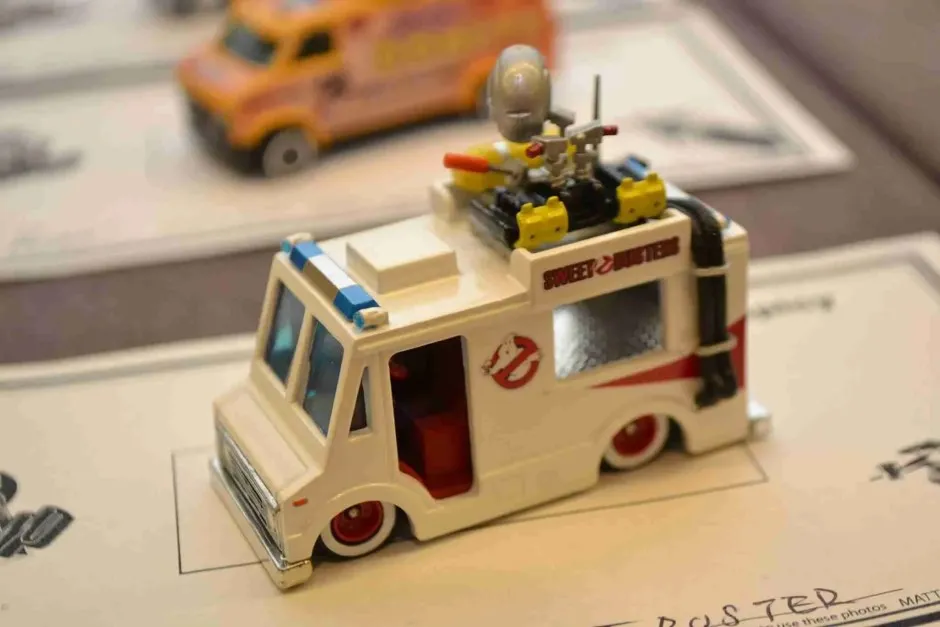Planning Your Diecast Show Experience
Attending diecast shows is an exciting part of the hobby. But before you head to your first show, some preparation is key to ensuring you have a positive and successful experience. Planning ahead allows you to maximize your time, budget, and the overall enjoyment of the event. This includes researching the show, setting a budget, and understanding the layout. A well-thought-out plan can transform a casual visit into a treasure hunt, where you uncover rare finds and connect with like-minded enthusiasts. Think of it as the first step in building a strategy for a great diecast show experience. Preparing a checklist of items to bring, such as a magnifying glass for inspecting details, a notebook for jotting down prices and vendors, and a comfortable bag to carry your purchases, can also be beneficial. The more you plan, the more rewarding the experience.
Researching Upcoming Diecast Shows
One of the most crucial steps in planning your diecast show experience is thorough research. Understanding the show’s specifics can drastically improve your chances of finding the models you want and avoiding any surprises. This involves knowing the dates, location, hours, and any special events or guest appearances. Show websites and social media pages are great sources of information, providing exhibitor lists, floor plans, and potential model previews. Checking reviews or forum discussions about previous shows can give you insights into the atmosphere, vendor quality, and the overall experience. Knowing what to expect will help you allocate your time and resources efficiently, making your show visit much more enjoyable.
Finding Shows Near You
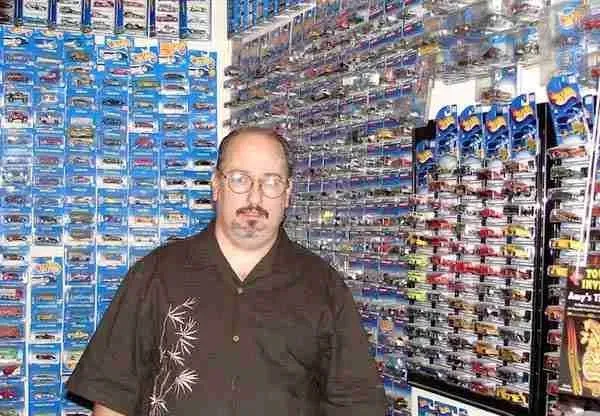
Locating diecast shows near you is easier than you might think. A good starting point is searching online using terms like “diecast shows near me” or “model car shows.” Many local and regional clubs host events that might not always appear in broad online searches, so checking local hobby shops and community boards can be beneficial. Websites dedicated to diecast collecting often have calendars or event listings that compile shows from various locations. Don’t underestimate the power of networking; talking to other collectors can uncover hidden gems and lead you to shows you might have otherwise missed. Additionally, following diecast-related social media pages can keep you updated on upcoming events in your area.
Checking Show Details
Once you’ve found a show, delving into the details is crucial. Look for information on admission fees, parking availability, and any special events or activities planned. Many shows have a list of exhibitors and vendors, allowing you to identify who will be present. Checking the show’s website or contacting the organizers directly can answer specific questions, such as whether there’s an early bird admission, if they have a specific area for rare models, or if they offer any workshops or demonstrations. Understanding the show’s specifics helps you make informed decisions about whether the event aligns with your collecting interests and what preparations you need to make before attending.
Setting a Budget for Your Visit
Establishing a budget before attending a diecast show is essential for financial management. Diecast shows can be tempting, and it’s easy to overspend if you don’t have a financial plan. Determine how much you can reasonably allocate to purchases, considering factors like entrance fees, travel expenses, and any other costs associated with the show. Stick to your budget to avoid impulsive buys that might leave you with buyer’s remorse later. Planning your spending also includes prioritizing what you want to buy. Making a list of desired models or brands can keep you focused and prevent you from being sidetracked by less important purchases. Reviewing your collection before the show can help you identify gaps and set realistic spending goals.
Allocating Funds for Purchases
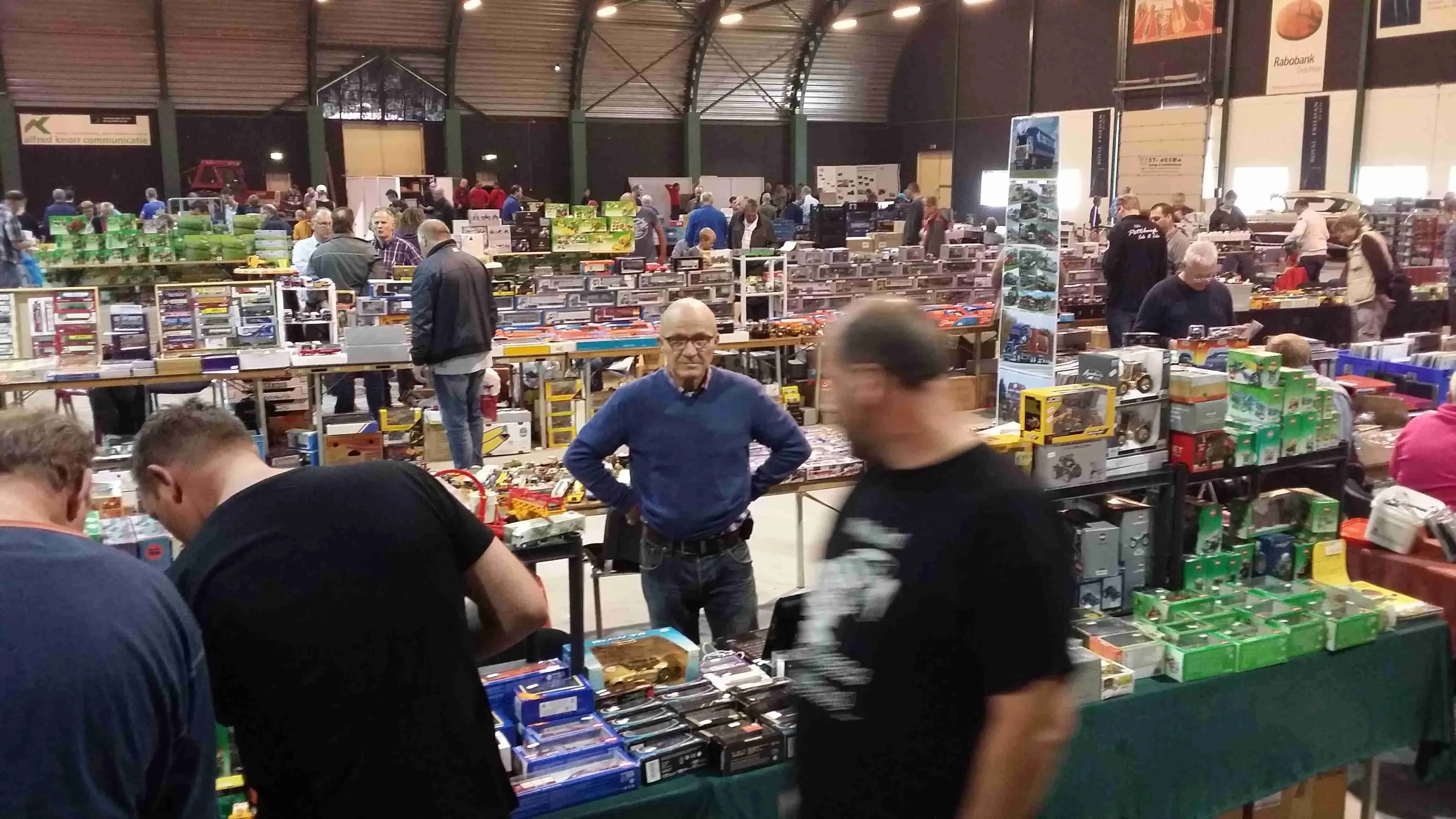
After setting your overall budget, it’s crucial to allocate funds specifically for purchases. This involves deciding how much you’re willing to spend on individual models. Some collectors prefer to set a maximum price for a single item. For instance, you might decide not to spend more than $50 on a single diecast model. Others might prefer to allocate a certain percentage of their budget to different categories of models. This might include a certain percentage for vintage models, a portion for limited editions, and another for common releases. Knowing what you’re willing to spend in each category helps you stay within your means and make smart buying decisions at the show. Consider setting aside a small amount for impulse purchases, but ensure this amount is reasonable and doesn’t compromise your overall budget.
Considering Other Expenses
Besides purchases, several other expenses may arise. Factor in costs like entry fees, parking fees, and potential travel and accommodation costs if the show is not local. Meals, snacks, and drinks can quickly add up if you spend several hours at the show. Also, consider the cost of any accessories or supplies you might need, such as display cases, protective packaging, or cleaning materials. By anticipating these expenses, you can ensure that your budget is comprehensive and that you won’t be caught off guard by unexpected costs. Using cash can also help in sticking to your budget. Leaving your credit cards at home can limit the temptation to overspend and help you stay within your predetermined financial limits.
Navigating the Show
Navigating a diecast show efficiently is crucial for maximizing your time and finding the best deals. With hundreds or even thousands of models on display, it can be overwhelming. Having a strategy for moving through the show can help you stay focused and not miss out on essential opportunities. Prioritizing specific vendors or displays can save you time. Remember to take breaks to avoid decision fatigue and maintain your enthusiasm throughout the event. Understanding the layout can also prevent you from inadvertently missing out on items you might want to purchase. Efficient navigation ensures you make the most of the show and find those prized additions to your collection.
Mapping the Show Floor
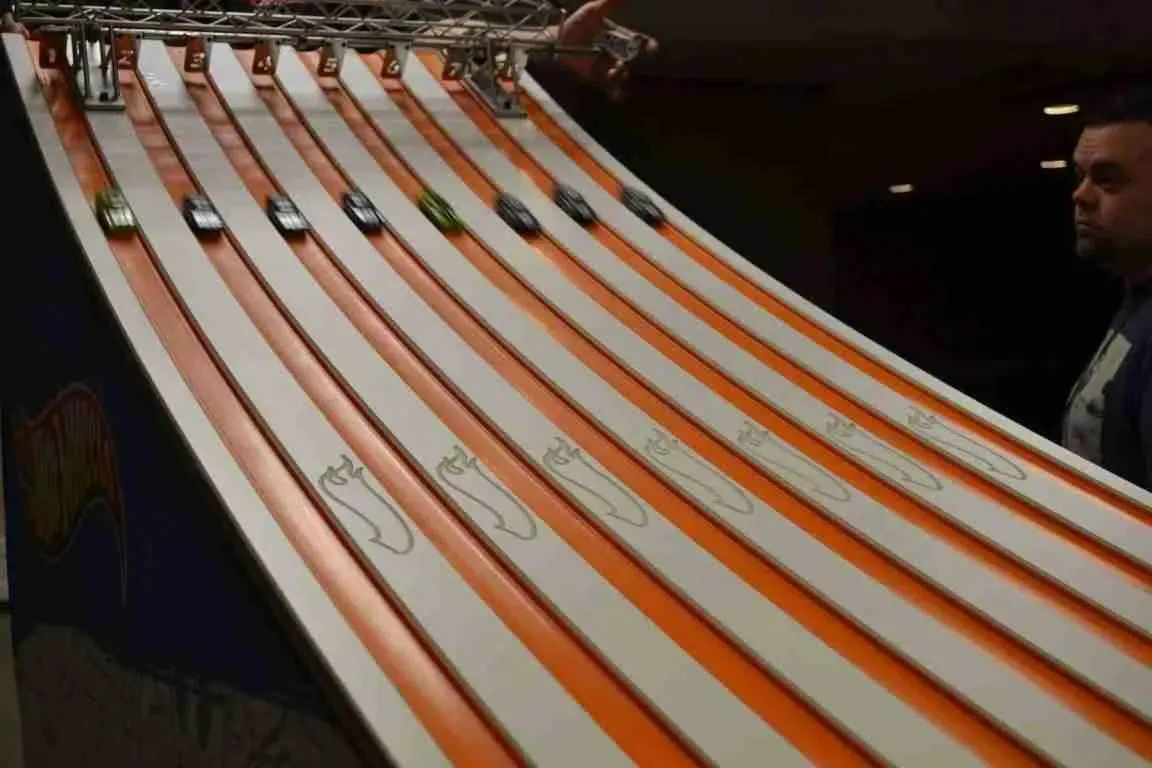
Before entering the show, obtain a floor plan, if available. Most large shows provide detailed maps indicating vendor locations, display areas, and amenities. Studying the map can help you plot a course, ensuring you visit vendors of particular interest. It helps save time by not repeatedly traversing the same areas. If no map is provided, consider making your own mental map. Note the general layout, such as the location of main aisles, popular vendors, and any special displays. As you walk, take mental notes or jot down the location of any model you’re interested in. This mental mapping strategy allows you to efficiently retrace your steps and revisit areas for deeper examination later on in the show, ensuring you don’t miss anything.
Prioritizing Vendors and Displays
With numerous vendors and displays, prioritizing is vital. Before the show, use the exhibitor list to identify vendors whose products align with your collecting interests. Make a list of must-visit booths. Once at the show, start with your most-wanted vendors to ensure you don’t miss out on potential finds. If the show has special displays, such as rare model exhibits, put these on your itinerary. Allocate time to browse displays, as this is where you might discover rare or unique models. Remember, prioritizing is not about rushing; it’s about spending your time wisely. This strategy ensures you make the most of your show experience by focusing on areas of high interest and not feeling overwhelmed by the vast selection available.
Negotiating and Making Purchases
Buying diecast models at shows often involves negotiation, especially at smaller or more informal events. Approaching purchases with confidence can lead to better deals and enhance your overall experience. Knowing your collection’s value helps you make informed decisions and avoid overpaying. A successful negotiation is a balance between respect and assertiveness, allowing you to get the best possible price while maintaining positive relationships with vendors. A well-informed collector is a powerful collector.
Knowing Your Collection’s Value
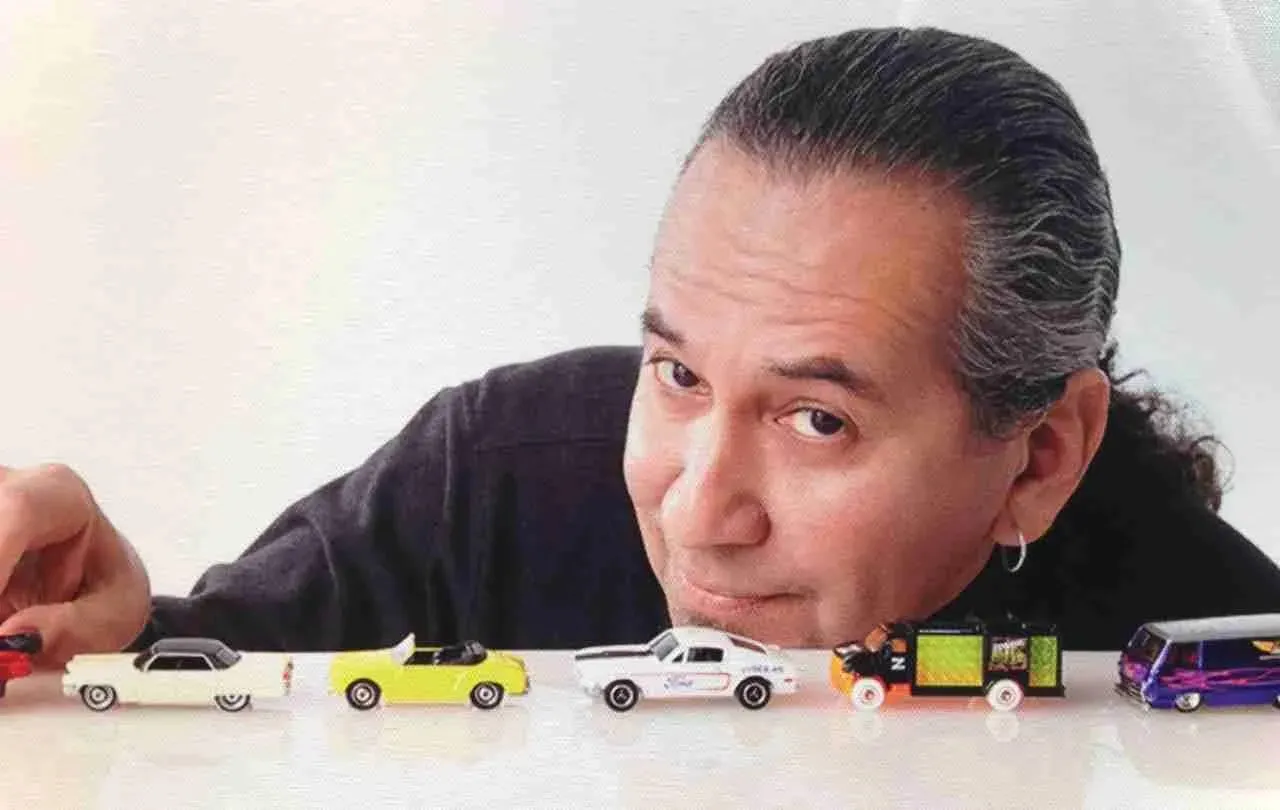
Understanding the market value of diecast models is crucial for successful negotiations. Knowing the price range of models allows you to assess the seller’s offer. Research the going prices for models you want to purchase. Use online resources, such as auction sites or collector forums, to check prices. Note the model’s condition, as this significantly impacts its value. Factors such as rarity, condition, and manufacturer also affect the price. Armed with this information, you can negotiate from a position of knowledge, whether you’re purchasing or selling. If the price seems too high, you can politely decline or try to negotiate a lower price. If it is a rare or desirable model, be prepared to pay a premium. Understanding the values will help you make smart decisions.
Haggling Effectively
Haggling at diecast shows is common. When negotiating, be polite and respectful; starting with a friendly demeanor can set a positive tone. Never insult the vendor or the item. Research prices beforehand so you know a reasonable offer. Start by offering a slightly lower price than your target. If the seller declines, you can try to meet them halfway or point out any minor flaws. If you are buying multiple items from the same vendor, ask for a discount. Even a small discount can add up. If you cannot agree, it is acceptable to walk away. There are usually plenty of other vendors. Successful negotiation requires preparation and the willingness to find a mutually acceptable agreement.
Protecting Your New Acquisitions
Once you’ve purchased your models, protecting them becomes essential. From the moment you acquire your new diecast models until they are safely stored at home, careful handling is crucial. Ensuring your purchases remain in top condition protects your investment and preserves the model’s value. Taking precautions is easy and can prevent accidental damage. The following points highlight steps you can take to keep your new acquisitions safe.
Safeguarding Your Purchases During the Show
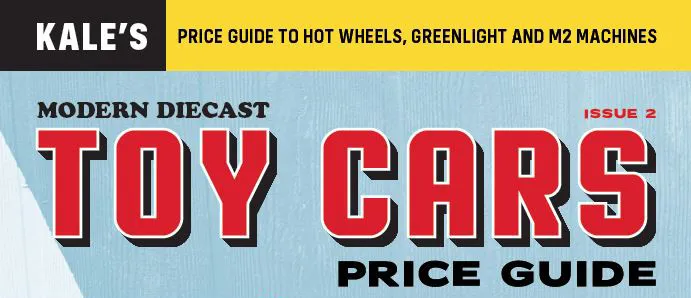
Once you’ve purchased your models, it is essential to protect them while you continue browsing. Carry a sturdy bag or container to prevent damage from bumping or crushing. If you’re buying fragile or valuable models, ask the vendor for additional packaging. Don’t stack models on top of each other. Consider carrying bubble wrap or other protective materials. Be aware of your surroundings. Stay clear of high-traffic areas to avoid accidental bumps from other attendees. If you are eating or drinking, be mindful not to spill anything on your purchases. Keeping them safe from the moment of purchase until you get home is important to preserving their value.
Transporting Your Diecast Models Safely
The journey home requires additional precautions. Whether you’re driving, flying, or using public transport, pack your models carefully. Place each model in its original packaging if available. If not, wrap each model individually in bubble wrap or soft cloth. Place these protected items in a sturdy box or bag that won’t get crushed. Arrange them so they cannot move around and bump against each other during transport. If you are flying, consider carrying your valuable models in your carry-on luggage rather than checking them. Upon arrival, carefully unpack and store your new acquisitions. Following these steps ensures that your models arrive home in the same condition you bought them.
Connecting with Fellow Collectors
Diecast shows are not just about buying and selling models, they are a hub for collectors to connect, share their passion, and build relationships. Interacting with fellow enthusiasts adds a social dimension to your hobby, providing opportunities to learn, exchange information, and enjoy the shared love of diecast models. Building connections with other collectors can open doors to new discoveries, rare finds, and invaluable insights into the collecting world. Participating in the collector community transforms your hobby from a solitary activity into a shared passion, making it more rewarding.
Sharing Your Passion
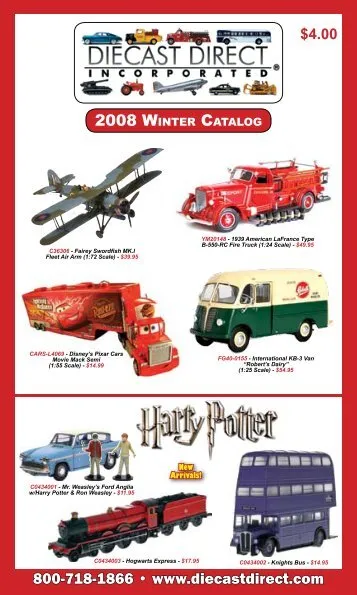
Diecast shows provide a platform for sharing your passion with others. Discussing your collection can be rewarding. Many collectors love showing off their prized possessions and talking about why they love them. Be ready to share your own collecting experiences and what you know about the models you own. Asking questions can open doors to exciting conversations. If you find someone with similar interests, trade contact information or arrange to meet up at future shows. Consider joining a local diecast club or online forum to connect with others beyond the show itself. By sharing your passion and engaging with other enthusiasts, you enrich your own hobby and inspire others.
Building Relationships
Building relationships with fellow collectors and vendors can transform your diecast experience. Establishing relationships can lead to mutual benefits. Over time, you may become familiar with specific vendors who can notify you of new arrivals. Building a rapport can open doors to better deals or early access to rare models. Remember that building relationships takes time and is built on mutual respect and trust. By actively engaging with the diecast community, you can build a network of friends who share your hobby. By sharing experiences and knowledge, you make the hobby even more rewarding.
